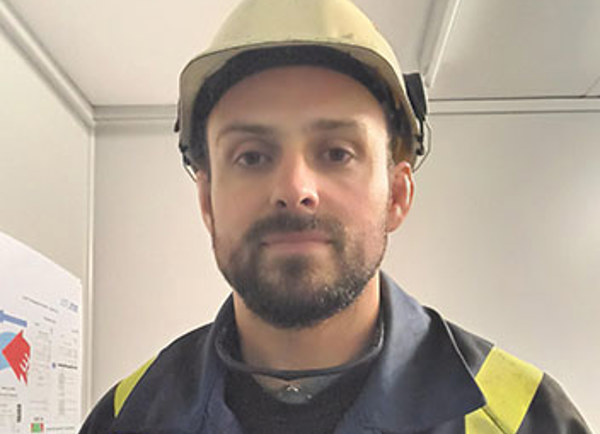Registration shows the world you can be trusted as an engineering professional.
Professional registration as a Chartered Engineer, Incorporated Engineer, Engineering Technician or ICT Technician demonstrates that you meet industry-relevant and globally-recognised standards of competence and commitment.
Only registrants can use these legally-protected titles, as a benchmark for trust and confidence.
Becoming professionally registered involves joining a professional engineering institution and demonstrating, through peer review, that you have met professional standards of competence and commitment and commit to continuous professional development.
Professional registration has many benefits for employers, and some will cover related fees. If you are not sure, talk to them about seeking professional registration.
Eligibility
Engineering Council registration is open to anyone who can demonstrate that they meet our Standards of competence and commitment, regardless of nationality or location.
A common misconception is that you will only be eligible for professional registration if you have an accredited engineering degree.
This is not true for any of our professional titles.
There are several other ways in which the required knowledge, understanding and skills can be demonstrated if you don’t have recognised qualifications.
Your licensed professional engineering institution (PEI) can advise you further once they have assessed your qualifications, training and experience.
Get started
The first step for engineers and technicians wishing to apply for registration is to join a licensed professional engineering institution (PEI)
While the Engineering Council sets the overall Standards, it is the PEIs who assess candidates for registration, in a Professional Review.
To prepare for the Professional Review you will need to record your professional development. This provides a body of evidence on your understanding, qualifications, skills and experience for the assessors to review. The sooner in your career you start to record this information, the easier it will make it for you to apply.
Each PEI has a slightly different process, and will be able to guide you, including through mentorship and other forms of support.
Assessing your knowledge
This step involves verifying you have the underpinning knowledge required for the professional title, through consideration of your recognised qualifications or through an individual assessment of relevant learning such as academic programmes, in-employment training, experiential learning and self-directed learning.
This individual assessment may require you to produce a technical report or attend a technical interview.
Assessing your competence and commitment
In the Professional Review, an expert panel of registered professionals from the PEI review each applicant's portfolio of evidence against the UK-SPEC or ICTTech standard of competence.
PEIs may add requirements relating to their particular discipline.
For IEng and CEng registration there is also a professional review interview.
The expert panel then makes a recommendation on whether the applicant meets the requirements for registration.
Certification
Once the recommendation has been reviewed and endorsed by the PEI's relevant committee, the registration is passed to the Engineering Council for processing. You will then receive your registration pack, which includes a certificate showing your new title and your post-nominal letters which you can begin using to emphasise your professional status.
At this time, you can also download the relevant registrant logo for use on your business cards, email signature and stationery.

The professional titles ›
Take a look at the professional titles you can obtain to achieve the benefits of becoming professionally registered.

Our Standards ›
Our Standards provide a framework for the assessment of the engineering competence and commitment required for professional registration.

Licensed Professional Engineering Institutions (PEIs) ›
Interested in finding out more? Join a Licensed PEI to start your journey today.

Why become professionally registered? ›
Being professionally registered demonstrates your commitment to enhancing your knowledge, skills and competence for the engineering needs of today.

Search for your course ›
Search our database if your course opens up the start of your exciting journey to professional registration.

Case studies ›
Read our case studies from your peers about the benefits of professional registration.









